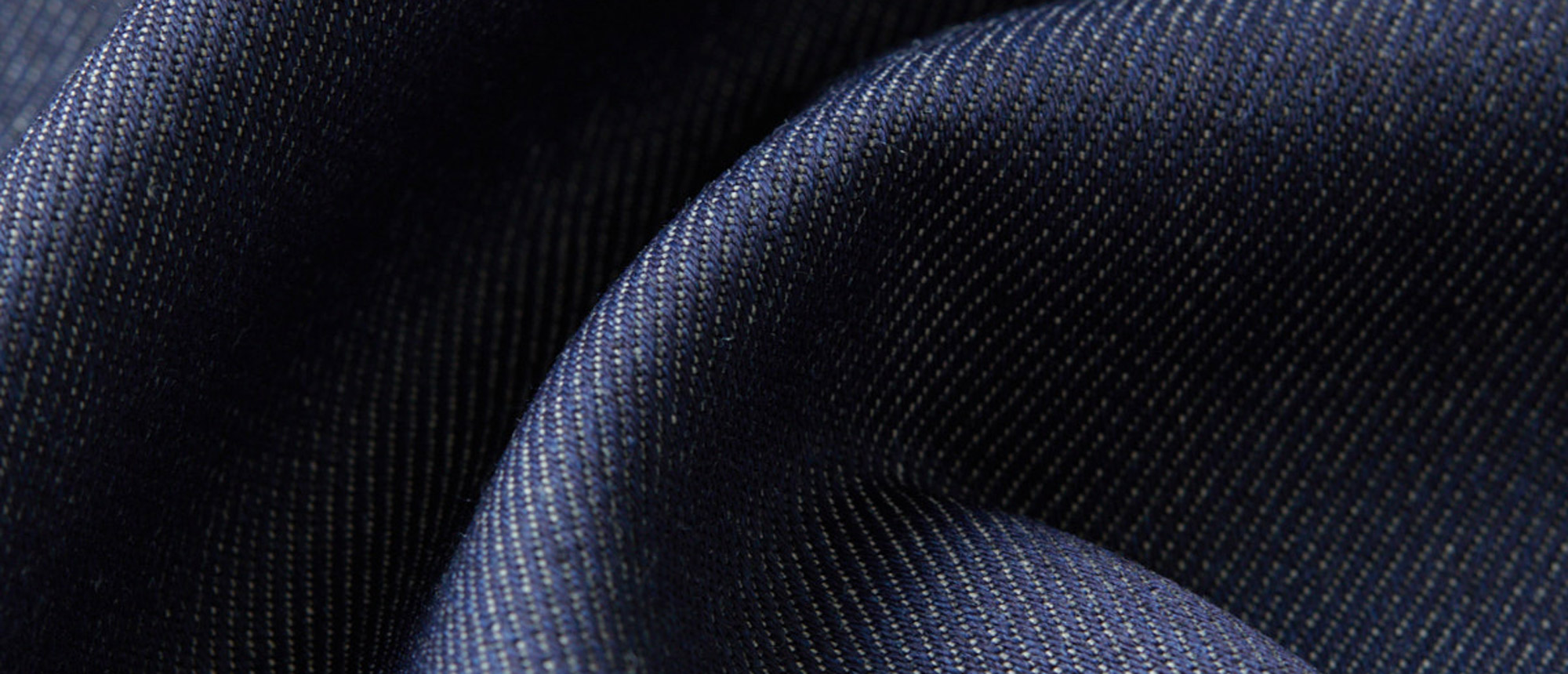Alors que le denim conserve sa place parmi les textiles les plus populaires dans le monde, on constate sans surprise que les marques commencent à y intégrer des fibres haute performance, telles que la laine mérinos.
Chaleur renforcée sans augmenter l’épaisseur du tissu, pour une sensation de confort optimale.
Lorsqu’il est humide, le denim de laine est plus confortable que les matières en coton pur et la peau semble à l’abri de l’humidité.
Les textiles en laine offrent une résistance naturelle aux odeurs, des caractéristiques qui s’appliquent également au denim de laine.
La présence de laine dans les fils de trame se retrouve sur la partie interne du tissu. La chaleur est ainsi optimisée, même à l’occasion de rudes journées d'hiver. Cela permet également de supprimer la sensation de fraîcheur qui survient généralement au moment d’enfiler un jean en denim basique.
Connectez-vous à une chaine d’approvisionnement complète
Assistance pour l’approvisionnement et collaboration de la chaîne d’approvisionnement à partir de notre réseau mondial.
Développement de produits et de processus
Les nouvelles technologies ouvrent la voie aux dernières innovations.
On-demand support Assistance sur demande
Support technique et formation sur-mesure pour bâtir votre entreprise.
Wool Denim
How it Works
Denim is traditionally made from dyed cotton warp yarn and undyed cotton weft yarn. Wool/cotton blends for denim historically involved blending the two fibres at the yarn stage, which is difficult to achieve due to wool/ cotton staple length and dyeing methodology.
However, recent advancements, including the use of undyed machine-washable wool in the weft yarn, have made the production of wool denim fabrics easier and more cost effective to achieve. Wool denim fabrics now contain a variety of compositions and constructions.
Wool Denim Fabrics
Wool-cotton remains the most common blend for wool denim fabrics, but 100% wool fabrics and newer combinations – such as wool-lyocell, wool-linen/hemp and wool synthetic blends – are increasingly used to offer unique advantages and applications.
WOOL/COTTON BLENDS
Indigo-dyed cotton warp and undyed wool weft – or the reverse (indigo-dyed wool warp and cotton weft). This is the most common composition for wool denim, maintaining the classic appearance of traditional denim while incorporating wool’s natural benefits.
100% WOOL
100% wool yarns in both warp and weft, with indigo-dyed wool for true wool denim. While challenges at the dyeing and finishing stage can make production more complex, advancements are addressing these obstacles.
INTIMATE BLENDS
Intimately blended wool-cotton yarns in both warp and weft, with indigo-dyed warp and undyed weft. A balanced mix of wool and cotton in both warp and weft yarns for enhanced texture and performance.
OTHER BLENDS
A variety of other fibres are now combined with wool to offer distinct benefits, such as increased durability, stretch and softness.
Woolmark partners using wool denim
Max Mara
Woolmark collaborated with Max Mara for the contemporary luxury brand’s fall/winter 2017 collection, unveiled as part of Max Mara’s Wool Week. Celebrating the inherent, natural benefits and innovative properties of Australian Merino wool, Max Mara cleverly incorporated wool denim into its already wool-rich new collection range, offering consumers a luxury alternative to traditional denim apparel. Max Mara utilised innovative 100% wool denim fabrics that replicated the look and style of traditional denim with the added natural benefits of Merino wool, including increased softness and warmth. Using ecological dyeing recipes that imitated natural indigo, the wool denim pieces were fade resistant. Wool denim featured in the form of a double-breasted long-line coat and tailored pants and jacket.
Wool Denim Low Top Shoe
Wool denim is emerging as a premium material for casual footwear, combining the strength and versatility of traditional denim with enhanced resilience, odour resistance, moisture management, and a soft, comfortable feel. By integrating wool fibres into denim construction, the fabric not only elevates aesthetics but also improves performance.
The wool denim low top shoe, created in collaboration with Arvind, India, is composed of 35% wool and 65% cotton, and is reinforced with leather at the ankle and toes for added durability. The wool/PES (70:30) insole ensures long-lasting comfort, making it an ideal choice for footwear. This wool denim product offers a perfect balance of strength, style, and comfort in footwear design.
Wool Denim Applications
Wool denim has a variety of applications, including outerwear, suiting, and premium casualwear, where it offers a more refined look paired with enhanced comfort. Its natural insulating qualities and breathability also make it well-suited for workwear, providing effective temperature regulation and long-lasting durability in a range of environments.
To learn more, access our comprehensive technical toolkit, developed in collaboration with our global network of textile experts.



